Welcome to the fascinating world of AI-powered hiring! 
Understanding AI in the Hiring Process
Let’s start by talking about how AI is shaking things up in the world of recruitment. When we say “AI in recruitment,” we’re referring to the use of artificial intelligence technologies to streamline and enhance various aspects of the hiring process. It’s not just a buzzword; it’s becoming a real game-changer for HR professionals.
You might be wondering, “What does AI actually do in hiring?” Well, it’s involved in quite a few areas. For instance, AI-powered tools can sift through hundreds of resumes in minutes, identifying top candidates based on specific criteria. Then there are chatbots that can handle initial candidate interactions, answering questions and even scheduling interviews. And don’t forget about those AI-driven video interviews that analyze candidates’ facial expressions and word choices.
Now, like any tool, AI in hiring comes with its pros and cons. On the plus side, it can save time, reduce human bias (to some extent), and help identify candidates who might have been overlooked. But it’s not without risks. There are concerns about privacy, the potential for new forms of bias, and the question of how much we should rely on machines for such important decisions.
Identifying and Mitigating Bias in AI Hiring Systems
Speaking of bias, it’s a hot topic when it comes to AI in hiring. You see, AI algorithms can inadvertently perpetuate or even amplify existing biases. There are different types of bias to watch out for. Historical bias occurs when the data used to train the AI reflects past discriminatory practices. Demographic bias can happen if the AI favors certain groups over others. And then there’s data bias, which can creep in if the training data isn’t diverse or representative enough.
So, how do we tackle this? First, it’s crucial to actively look for bias in these systems. This might involve regular audits, testing with diverse datasets, and analyzing outcomes across different demographic groups. Mitigation strategies could include adjusting algorithms, using more diverse training data, and implementing fairness constraints.
It’s also worth mentioning that having diverse teams developing these AI systems is super important. Different perspectives can help spot potential biases that might otherwise go unnoticed.
Ensuring Transparency and Explainability in AI Hiring Decisions
Now, let’s talk about the “black box” problem. This is when AI makes decisions, but we can’t really explain how or why it made those choices. It’s a big issue in AI-powered hiring because, let’s face it, candidates deserve to know why they were or weren’t selected.
To address this, companies are exploring various techniques to make AI hiring processes more transparent. This might include using simpler, more interpretable models, providing clear explanations of the factors considered in decisions, or offering candidates insights into their assessment results.
There are legal and ethical implications to consider too. In some places, there are already laws requiring companies to explain automated decisions that significantly affect individuals. Plus, unexplainable AI decisions could open companies up to discrimination lawsuits.
Protecting Candidate Privacy and Data Security
When we talk about AI in hiring, we’re also talking about handling a lot of personal data. This raises important questions about data collection, storage, and usage.
Companies need to be really careful about what data they collect and how they store it. They also need to make sure they’re complying with data protection regulations like GDPR in Europe or CCPA in California. These laws give individuals rights over their personal data and place obligations on companies handling that data.
There’s also the question of ethical use. Just because we can collect and analyze certain data doesn’t always mean we should. Companies need to think carefully about what data is truly necessary for the hiring process and be transparent with candidates about how their information will be used.
Maintaining Human Oversight and Intervention
While AI can be incredibly useful in hiring, it’s important to remember that it shouldn’t completely replace human judgment. The key is finding the right balance between AI automation and human oversight.
This means training hiring managers to work effectively alongside AI systems. They need to understand the capabilities and limitations of these tools, and know when to trust the AI’s recommendations and when to dig deeper.
It’s also crucial to have clear protocols in place for challenging AI decisions. If a candidate or hiring manager feels the AI has made a mistake, there should be a straightforward process for reviewing and potentially overriding that decision.
Addressing Accessibility and Inclusivity in AI Hiring Tools
An often overlooked aspect of AI in hiring is ensuring these systems are accessible and inclusive for all candidates. This includes making sure AI tools can accommodate candidates with disabilities. For example, video interview systems should work with screen readers, and chatbots should be usable by people with various types of disabilities.
We also need to be mindful of language and cultural bias in AI-powered assessments. An AI trained primarily on English-language data from one cultural context might unfairly disadvantage candidates from different linguistic or cultural backgrounds.
By addressing these issues, companies can use AI not just as a hiring tool, but as a way to promote diversity and inclusion in their recruitment practices.
Implementing Responsible AI Governance in Recruitment
Lastly, let’s talk about the broader picture of responsible AI governance in recruitment. This starts with developing clear ethical AI policies and guidelines. These should outline how AI will be used in hiring, what safeguards are in place, and what principles the company commits to following.
Regular auditing and monitoring of AI hiring systems is crucial. This helps ensure the systems are performing as intended and aren’t developing unexpected biases or issues over time.
Finally, it’s about fostering a culture of ethical AI use in HR departments. This means ongoing training, open discussions about AI ethics, and encouraging HR professionals to think critically about the AI tools they’re using.
Conclusion
As we’ve seen, ethical AI hiring is not just a buzzword – it’s a crucial aspect of modern recruitment that demands our attention and action. By implementing responsible AI practices, organizations can harness the power of technology while ensuring fair and unbiased hiring decisions. Remember, the goal is not to replace human judgment but to enhance it with AI’s capabilities. So, are you ready to embrace ethical AI hiring and shape the future of recruitment? The time to act is now! 



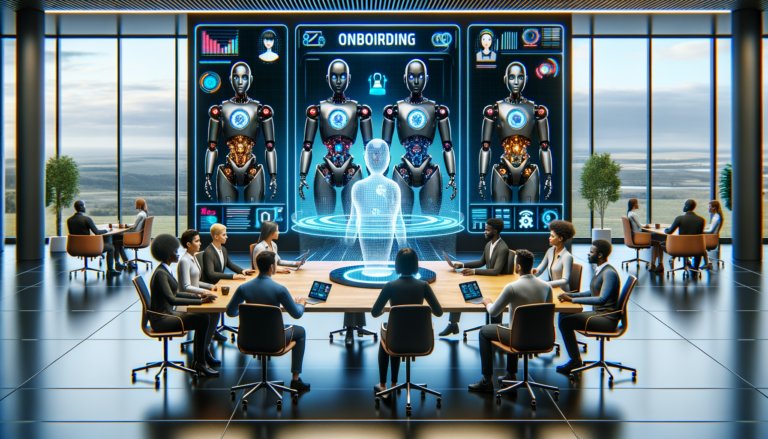
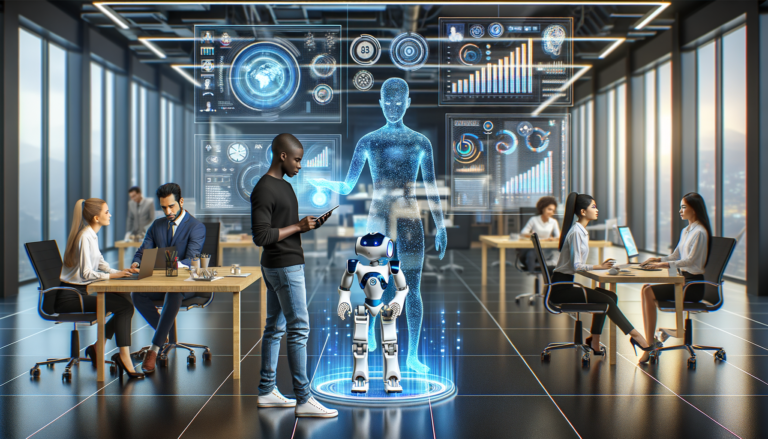
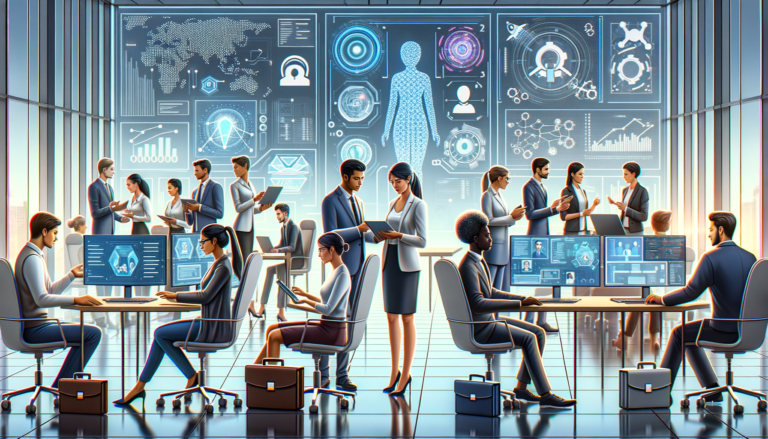
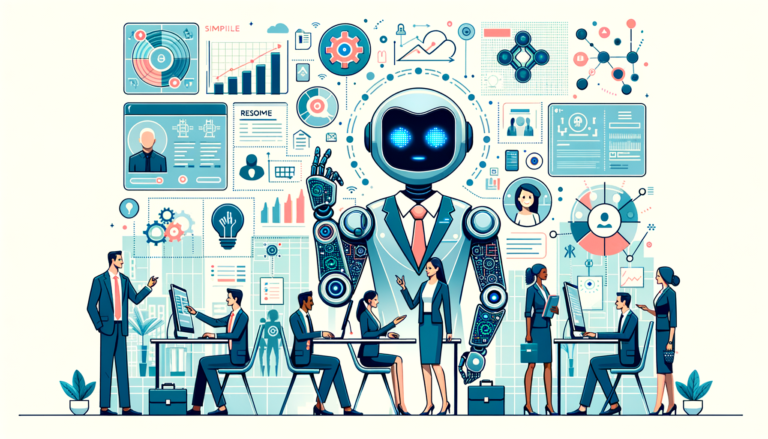
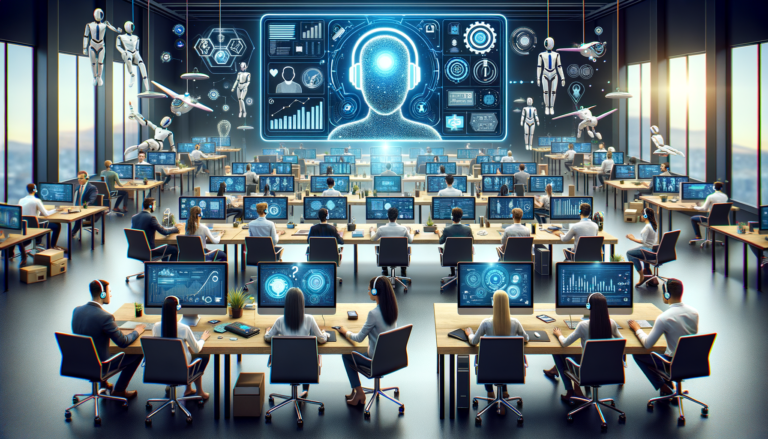
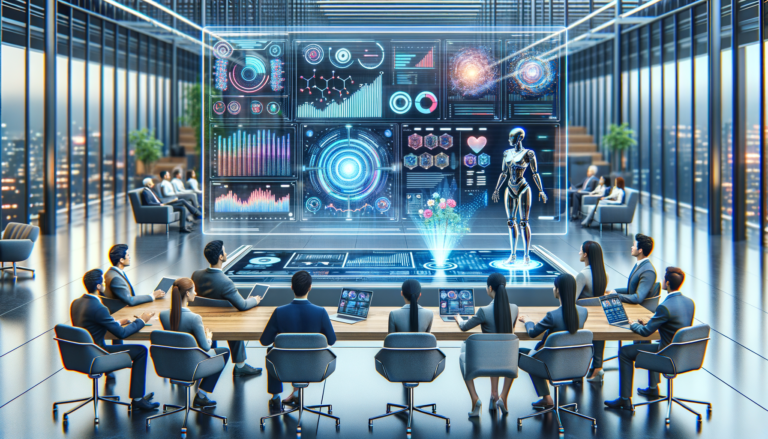
2 Comments